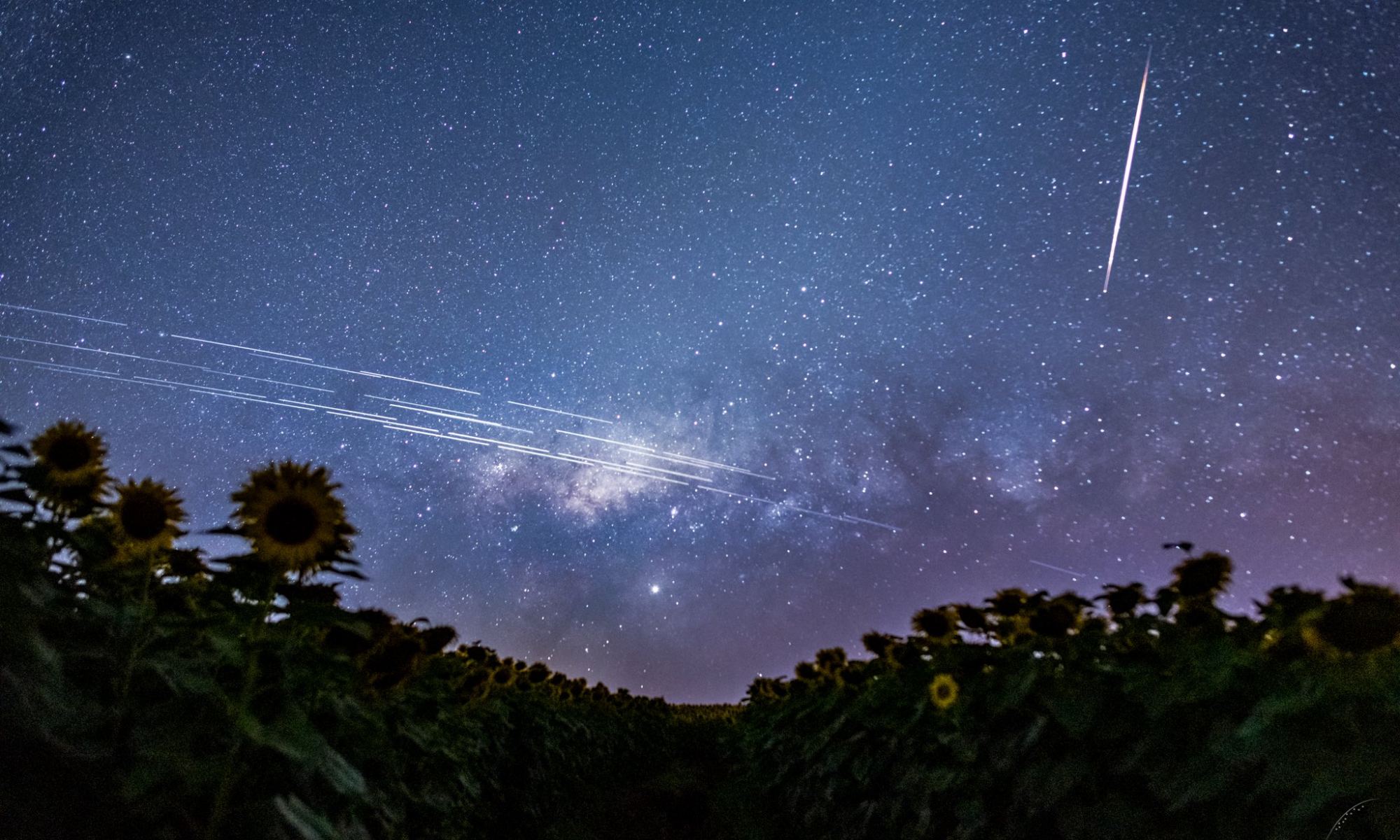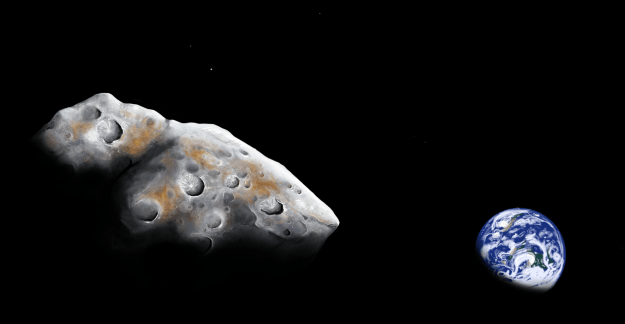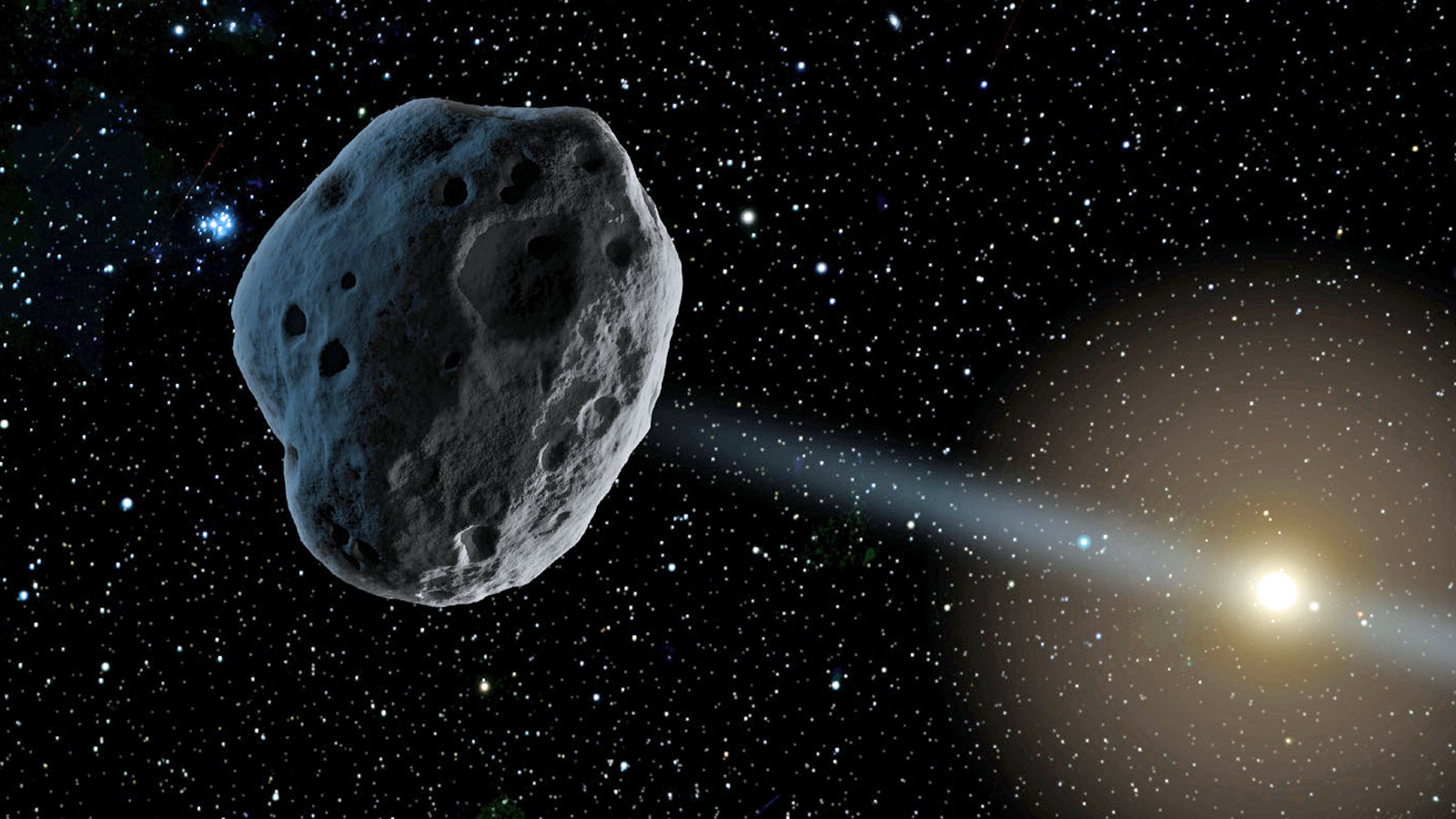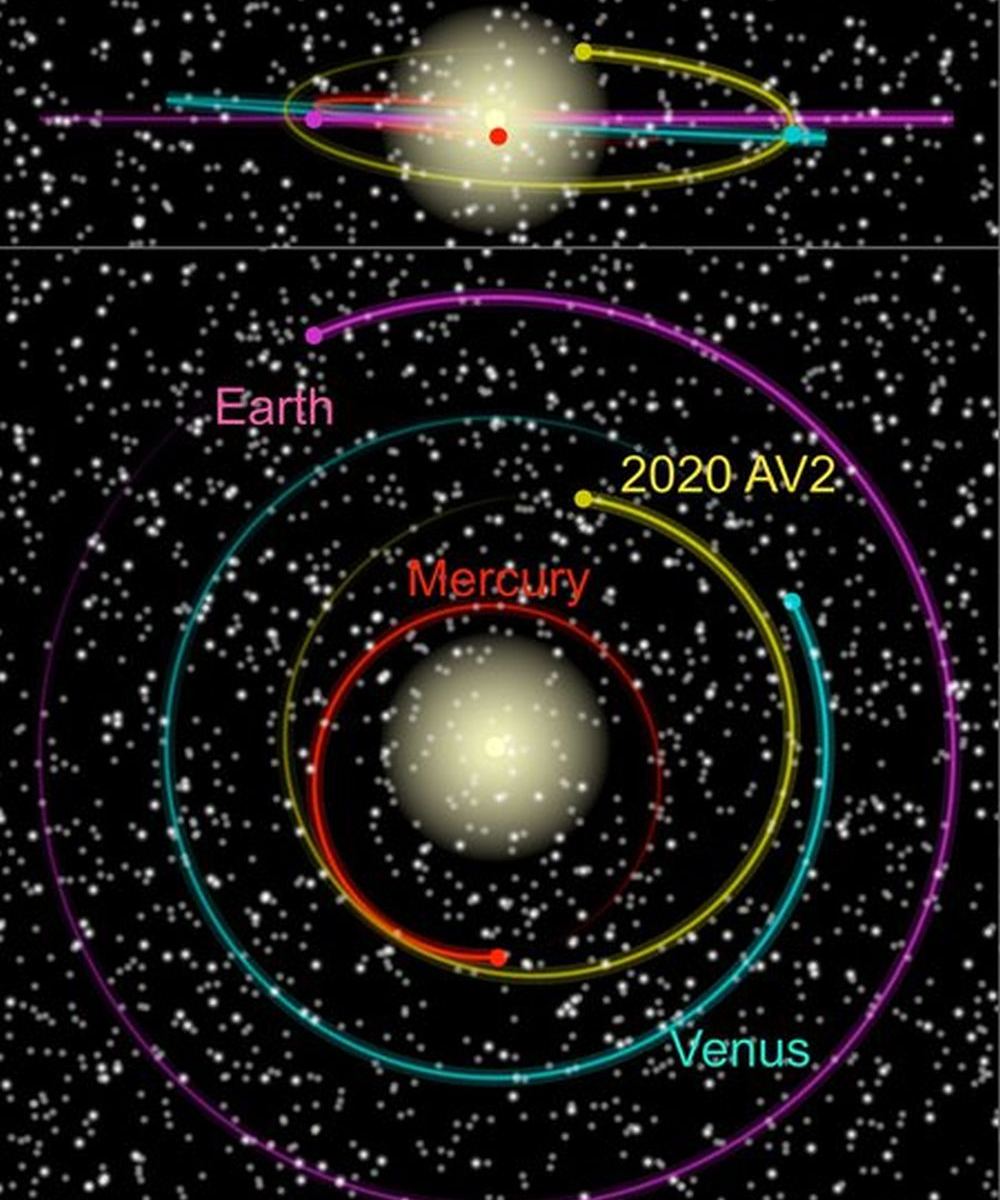With the rapid expansion of commercial space, there is a growing number of satellites in orbit around our planet. Most of these are in low-Earth orbit, which is becoming increasingly crowded. This has led some to be concerned about a catastrophic rise of space debris, as well as a growing frustration by astronomers due to the number of satellite sky trails.
Continue reading “20% of Twilight Observations Contain Satellite Passes”What Are Your Options When you’ve Only Got Hours or Days to Prevent an Asteroid Impact?

Imagine a scenario where we detect an asteroid heading straight for Earth. Imagine that it will arrive in a couple of days, or worse, only a few hours. What could be done to stop it?
It might be possible to protect ourselves and the planet on such short notice. But we’d have to test and build the right infrastructure to do it.
Continue reading “What Are Your Options When you’ve Only Got Hours or Days to Prevent an Asteroid Impact?”You Can Blow Up an Asteroid Just a few Months Before it Hits Earth and Prevent 99% of the Damage
So far, the battle between life on Earth and asteroids has been completely one-sided. But not for long. Soon, we’ll have the capability to deter asteroids from undesirable encounters with Earth. And while conventional thinking has said that the further away the better when it comes to intercepting one, we can’t assume we’ll always have enough advance warning.
A new study says we might be able to safely destroy potentially dangerous rocky interlopers, even when they get closer to Earth than we’d like.
Continue reading “You Can Blow Up an Asteroid Just a few Months Before it Hits Earth and Prevent 99% of the Damage”There are Many Metal-Rich Asteroids Nearby to Investigate
Usually, when the topic of asteroid mining comes up, thoughts turn to the riches of the asteroid belt between Mars and Jupiter. The sheer size and scale of the available resources in these asteroids are astounding and overshadow a much more accessible resource – Near-Earth Asteroids (NEAs) that are much closer to home. Now a team from the University of Arizona (UA) has spent some time looking at these near neighbors and realized some are very similar to one of the most famous asteroids in the belt – Psyche.
Continue reading “There are Many Metal-Rich Asteroids Nearby to Investigate”NASA has Approved a Space Telescope That Will Scan the Skies for Dangerous Near-Earth Asteroids
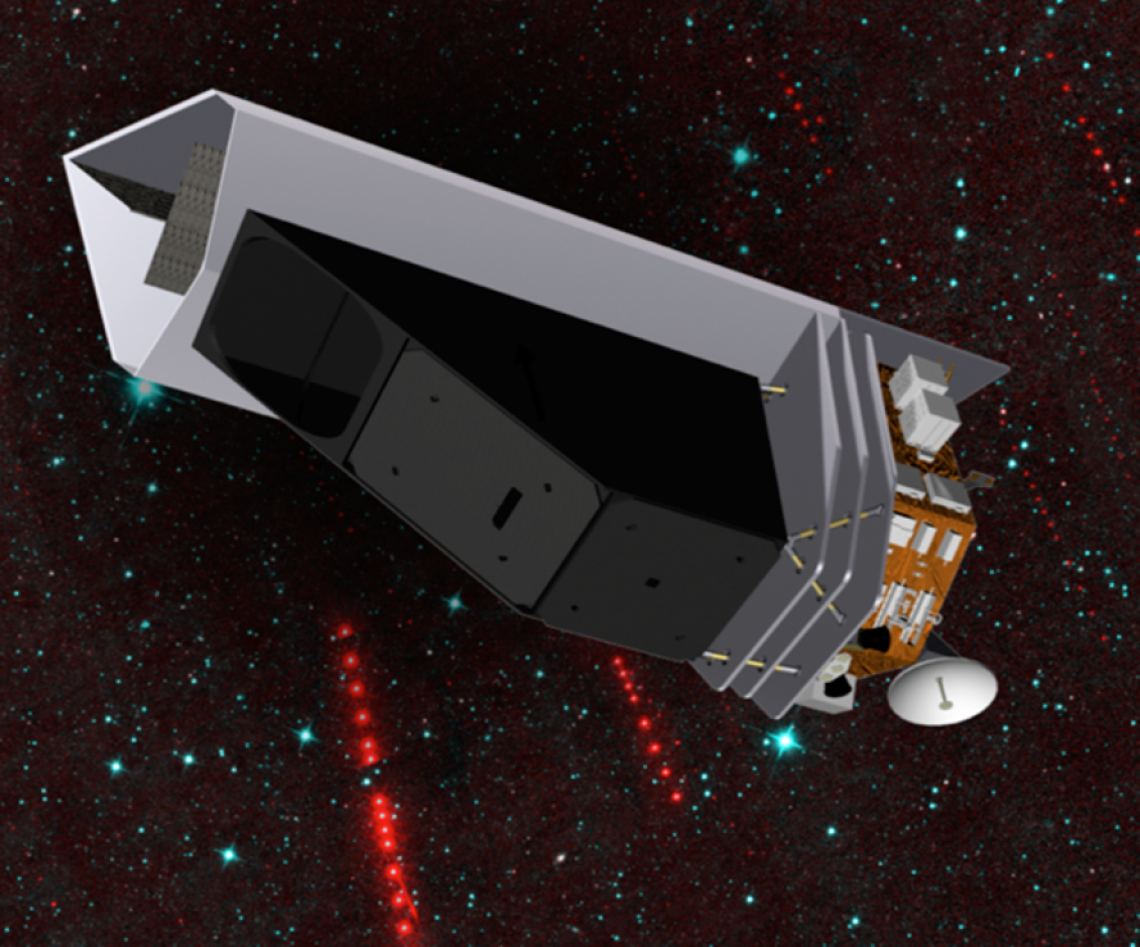
A lot of the threats humanity faces come from ourselves. If we were listing them, we’d include tribalism, greed, and the fact that we’re evolved primates, and our brains have a lot in common with animal brains. Our animalistic brains subject us to many of the same destructive emotions and impulses that animals are subject to. We wage war and become embroiled in intergenerational conflicts. There are genocides, pogroms, doomed boatloads of migrants, and horrible mashups of all three.
Isn’t humanity fun?
But not all of the threats we face are as intractable as our internal ones. Some threats are external, and we can leverage our technologies and our knowledge of nature in the struggle against them. Case in point: asteroids.
Continue reading “NASA has Approved a Space Telescope That Will Scan the Skies for Dangerous Near-Earth Asteroids”Astronomers Have Discovered a 2-km Asteroid Orbiting Closer to the Sun than Venus
Astronomers have painstakingly built models of the asteroid population, and those models predict that there will be ~1 km sized asteroids that orbit closer to the Sun than Venus does. The problem is, nobody’s been able to find one. Until now.
Astronomers working with the Zwicky Transient Facility say they’ve finally found one. But this one’s bigger, at about 2 km. If its existence can be confirmed, then asteroid population models may have to be updated.
Continue reading “Astronomers Have Discovered a 2-km Asteroid Orbiting Closer to the Sun than Venus”An Asteroid has been Found that Orbits the Sun Closer than Venus
Astronomers at Caltech’s Zwicky Transient Facility (ZTF) have discovered an asteroid that orbits inside Venus. Though other asteroids have a portion of their orbit inside Venus’, this is the first one with an orbit that is completely inside Venus’ orbit. The new object is named 2020 AV2.
Continue reading “An Asteroid has been Found that Orbits the Sun Closer than Venus”Asteroid 2006 QV89 Now Has a 0% Chance of Hitting Earth in September
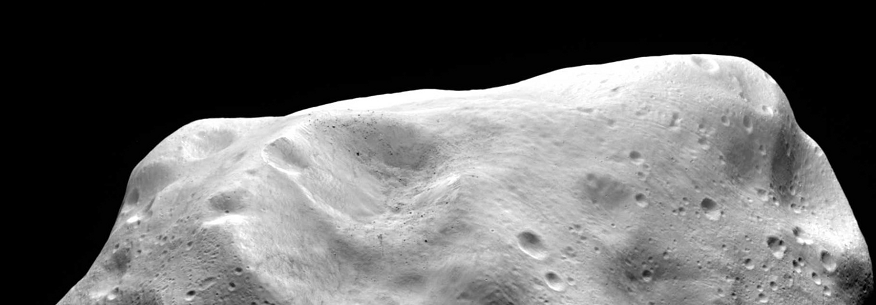
Why report on an asteroid that has no chance of hitting Earth? Because this asteroid, known as 2006 QV89, has a history. A history of being kind of hard to track.
Continue reading “Asteroid 2006 QV89 Now Has a 0% Chance of Hitting Earth in September”Don’t Worry About Asteroid 2006QV89. There’s Only a 1 in 7000 Chance It’ll Hit the Earth in September
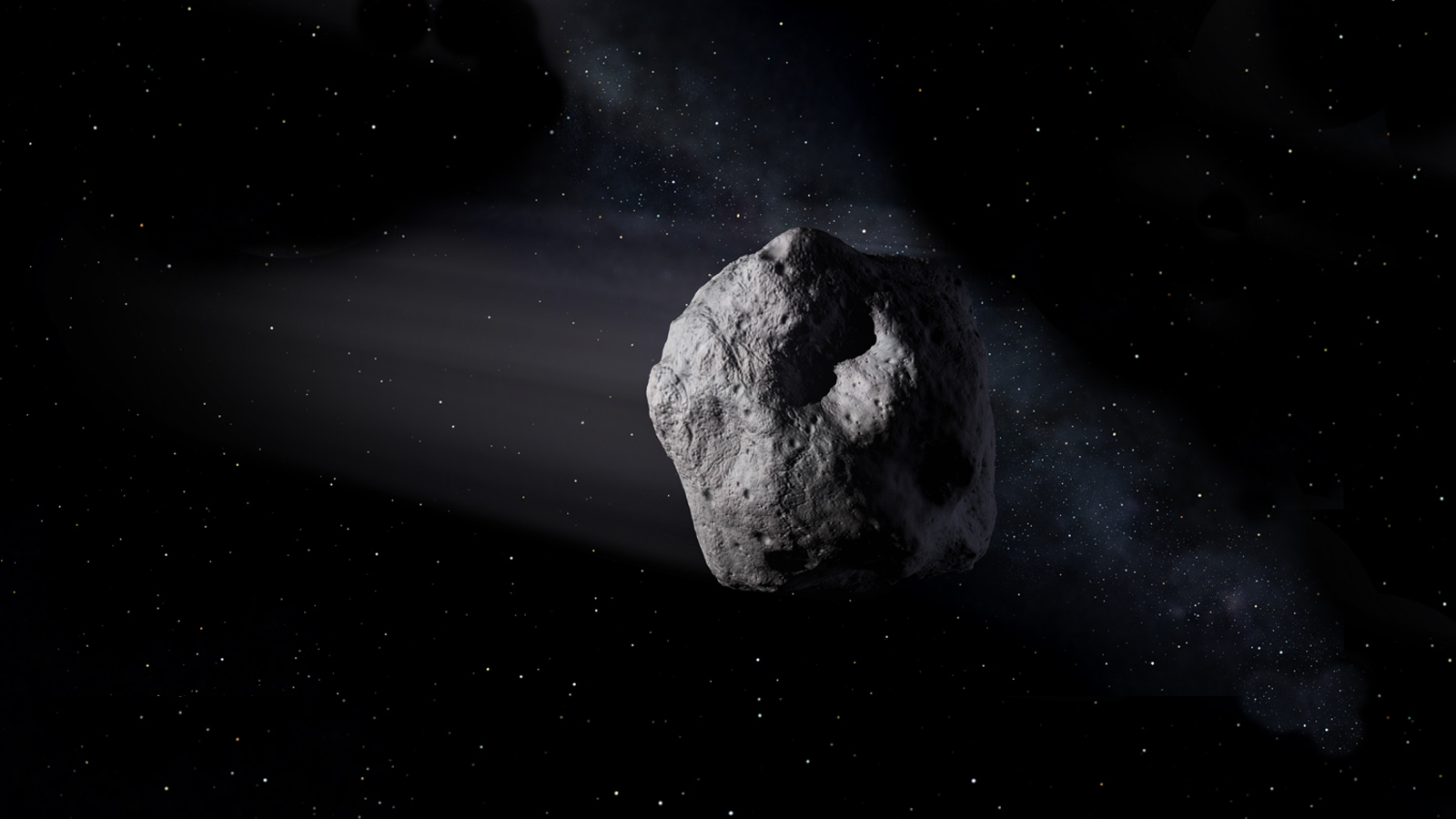
Whenever scientists announce an upcoming close encounter with an asteroid, certain corners of the internet light up like the synaptic rush that accompanies a meth binge, with panicky headlines shouted straight from the brain stem. But never mind that. We’re not that corner of the internet. We’re sober, yo!
Continue reading “Don’t Worry About Asteroid 2006QV89. There’s Only a 1 in 7000 Chance It’ll Hit the Earth in September”Sorry Hollywood, it’s Going to Take a Lot More to Destroy an Asteroid

It’s become something of an action movie cliche: an asteroid is hurling towards Earth, its impact will cause a mass extinction, and the only hope for humanity is a ragtag group of astronauts and average Joes who will fly to the asteroid and blow it to pieces using nukes. The idea has been explored so many times by Hollywood that it seems like this is actually something space agencies have planned.
And in truth, they are, though the execution may be a little more sophisticated. For decades, space agencies have considered various methods for destroying asteroids that threaten Earth. But according to a new study led by researchers from John Hopkins University, incoming asteroids may be harder to break apart than we thought.
Continue reading “Sorry Hollywood, it’s Going to Take a Lot More to Destroy an Asteroid”
